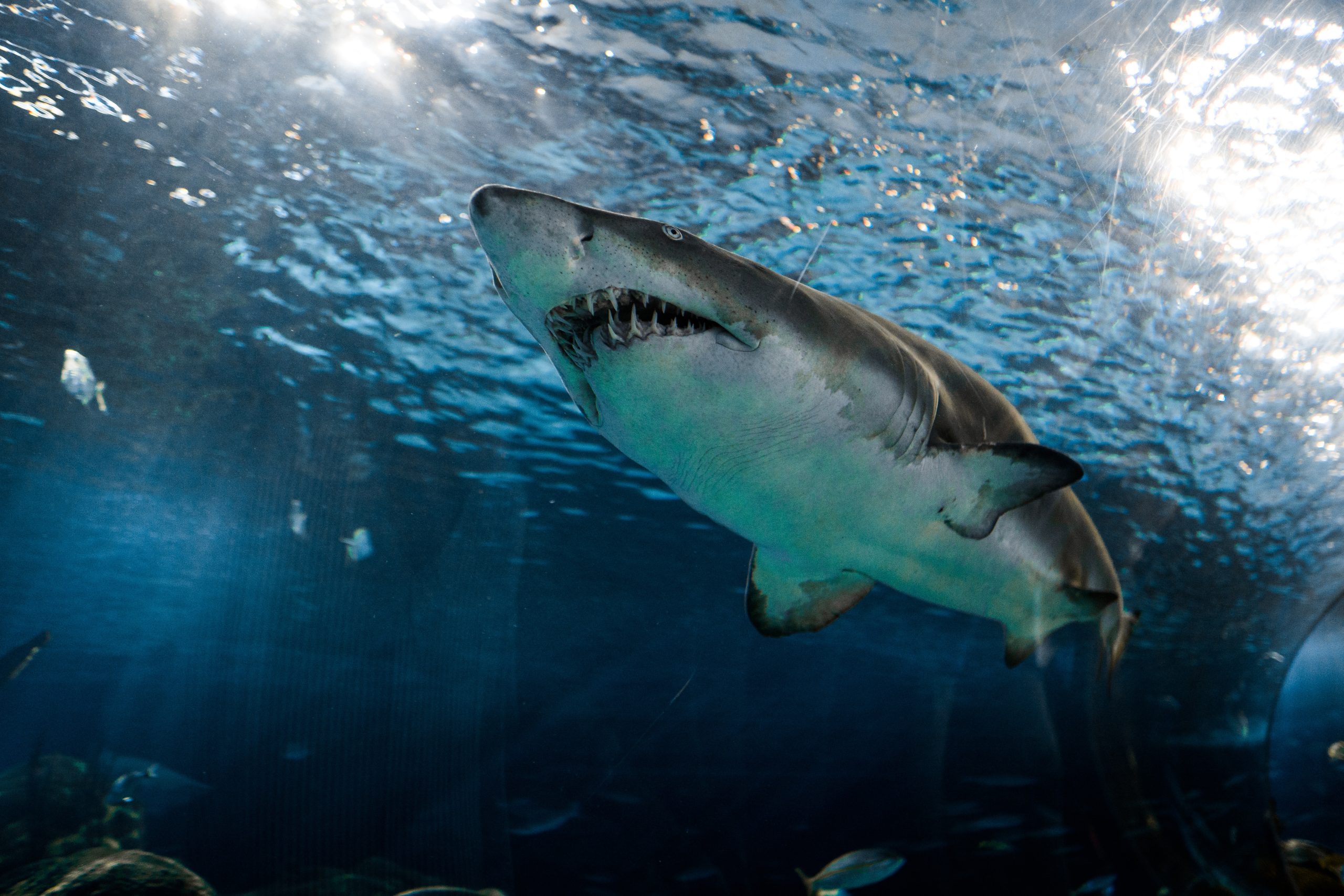
Every year, shark activity seems to rise in July. Up and down the coast, you hear about encounters, increased numbers, and unfortunately incidents.
Shark activity can vary due to several factors, including natural fluctuations, environmental changes, and human activities. Some potential reasons for increased shark activity in a particular area could include:
Seasonal Migration
Certain species of sharks may migrate to different areas during specific seasons in search of food or suitable breeding grounds. If July coincides with a migration period for a particular species, it could lead to an increase in shark activity. (Long Island)
Temperature and Weather Patterns
Sharks are ectothermic animals, meaning their body temperature is regulated by the surrounding water. Changes in water temperature can affect their behavior and distribution. If there are variations in temperature or weather patterns during July, it could influence the presence and behavior of sharks.
Prey Availability
Sharks are opportunistic predators and will follow their prey. If there is an abundance of food sources, such as fish or seals, in a particular area during July, it could attract more sharks to that location.
Human Factors
Human activities, such as fishing or the disposal of organic waste in the water, can impact shark behavior. Changes in fishing practices or an increase in discarded bait or fish waste could potentially lead to more shark activity in an area.